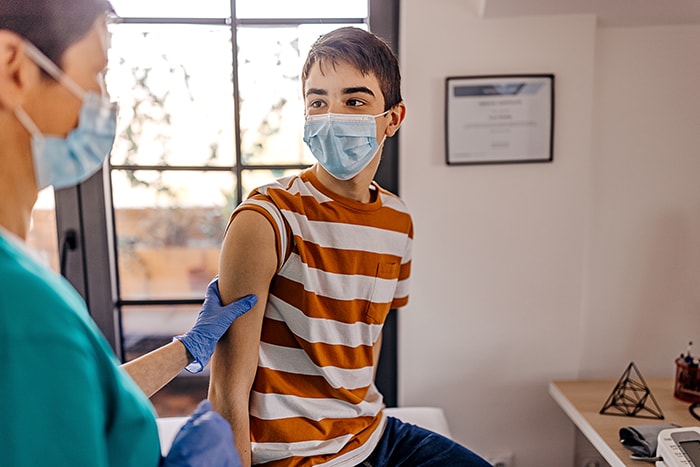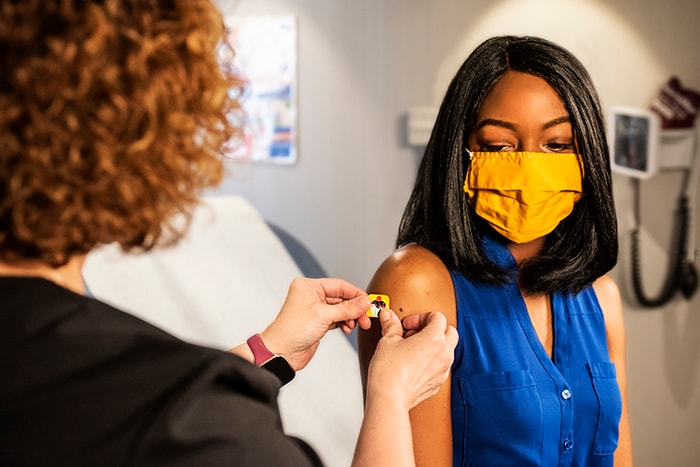This page has content that may be inconsistent with new CDC Respiratory Virus Guidance. The content of this page will be updated soon.
Healthcare Providers: Understanding Needle Fears and Phobia

For some people, the fear of needles is so great that it might prevent them from getting life-saving medical care, like vaccinations. This fear affects children and adults, particularly people with mental, emotional, or behavioral disorders, or with disabilities that make it hard for them to understand medical procedures or communicate their concerns.
By increasing your own awareness of needle fears and phobia and working with patients, families, and caregivers, you can help make getting vaccinations easier for patients with these fears.
Learn about simple ways you can support your patient with needle fears and phobia.
Different strategies work for different people, so talk with your patient, family, and caregiver to tailor the plan.
To help your patients manage fear by providing information and support in advance, you can:
- Let your patients and family members know you understand that extreme needle fears and phobia are a real concern, to decrease feelings of shame and fear.
- Explain why the procedure involves needles and how it will protect the person. For patients who have difficulty understanding the procedure, you can encourage family members to role-play and practice at home.
- Proactively share strategies for pain management as a routine part of care.
- Assist your patients with developing a tailored plan to manage their fears that meets their needs and preferences.
- Use telehealth to talk with patients who may hesitate to get medical care due to severe needle fears and help them develop trust and coping strategies.
- Refer patients with severe fears to a mental health provider for treatment.

To help minimize needle fears by understanding and limiting fear triggers, you can:
- Avoid showing pictures or videos that include needles in your practice unless they are used by a trained mental health provider as part of therapy.
- Substitute words like ‘shot’ with ‘pinch’ or ‘poke’ to help limit the fear response.
- Offer comforting surroundings:
- If possible, provide a private, calm, and quiet space, particularly for patients with sensory issues or developmental disabilities.
- Encourage a family member or friend to be present to provide comfort and distraction, including for adults if desired.
- If possible, offer drive-through vaccination to help some patients by allowing them to be vaccinated in the comfort of their own car.

To limit pain from triggering a fear response by helping your patients manage the pain, you can:
- Offer local anesthesia: Numbing creams and sprays help prevent the patient from feeling the procedure.
- Create a sensation of vibration or cooling: Using small devices that create a buzzing feeling, rubbing the skin, or cooling the skin can help the brain focus on that sensation and can block out pain from the procedure.
- Provide distraction: Videos, toys, or even virtual reality devices can keep the patient’s mind busy and away from the pain.
- Encourage and teach relaxation and breath control: Techniques like deep breathing, muscle relaxation, or self-hypnosis to calm the mind can help.
- Some vaccines are more painful than others when the vaccine is injected. When administering more than one vaccine, give these vaccines last.
